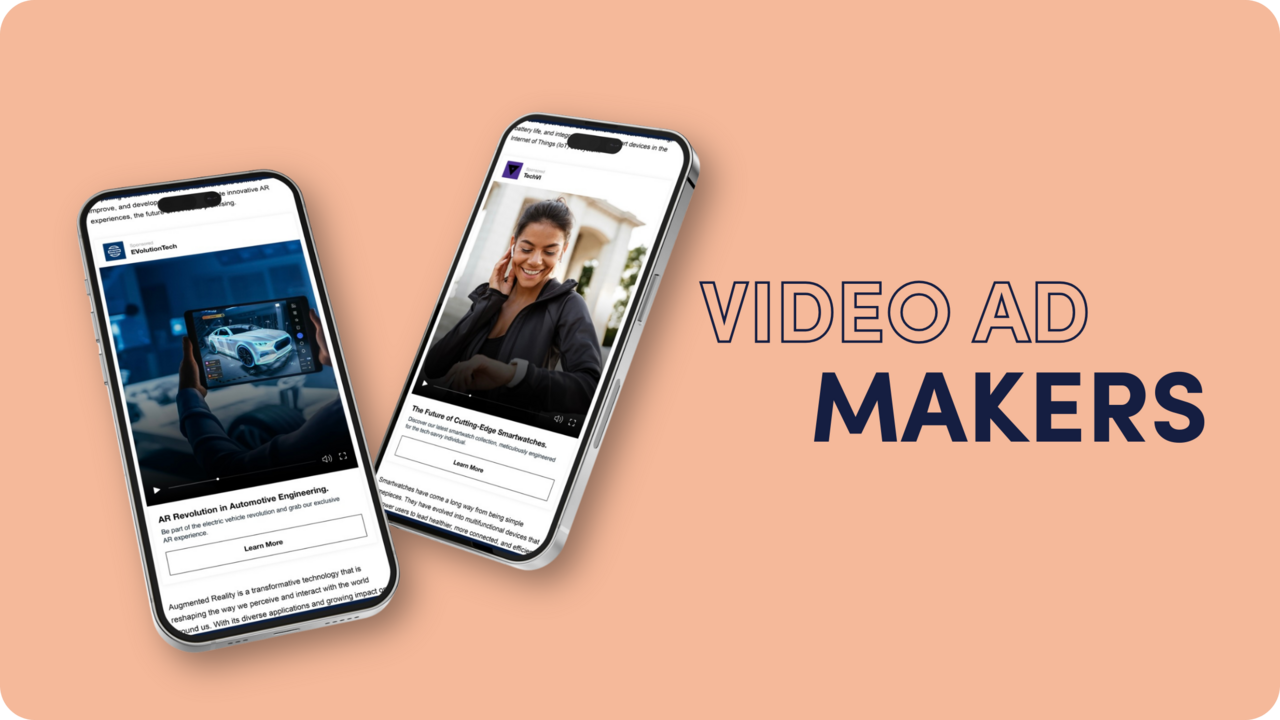The Lowdown On Buyer Personas

You may have heard of the term ‘buyer personas’ but wonder what it means and why they are so important to your brand.
In this blog, I will shed light on buyer personas and outline the reasons why you should be using them as a primary marketing activity.
The concept is not a new one. Back in 1999, Alan Cooper introduced the idea of user (or buyer) personas to help inform design strategies.
In recent years, buyer personas have evolved outside of the software industry to become a vital requirement for marketers in all sectors.
In short, a buyer persona is a fictional character, meant to represent a specific type of user who visits a website and/or uses a brand/product in a similar way.
Identification of buyer personas should represent a key component in your content strategy. This will help ensure successful customer journeys from content creation to publication, all the way through sales.
Personas improve your vision, enabling you to see things clearly.
To use a personal example, if you are buying a gift for a family member or friend, you will already know their personality and likes/dislikes. This enables you to make an informed buying choice based on their individual preferences. The same applies in business – you will require the same level of knowledge to create your brand’s buyer personas.
To do so, ask the following questions:
- Who are your typical customers?
- Where do they shop?
- How much money do they earn in a year?
- How many children do they have?
- What are their interests?
- Where do they go on holiday?
- How Buyer Personas Help
If you know your brand persona and potential audience, you can tailor content to encourage more leads. Buyer trends are continually changing and people are increasingly influenced by social media.
By creating personas, you can ensure your content (website and/or social media posts) addresses the needs of potential buyers.
Create Buyer Personas
It is important to understand the role of personas in the buying process. Is the potential customer a decision maker? Do they have the power to make final decisions? Or perhaps they are an influencer – someone who can make recommendations to a decision maker.
Speak to your existing customer base as a first point of call. You can find free templates online to help draft up a few key questions to ask. See this blog for tips on how to interview customers for marketing goals.
The results gathered from these interviews will help you to identify common user traits and highlight key differences.
Then, use the data to create personas. Depending on the nature of your business, you may only have a few, or you may have dozens. Be aware, there is no right number of personas.
So long as you have created a distinct type for each unique set of needs and wants as identified in your customer surveys, you will have enough.
Carry Out Keyword Research
Keyword research enables you to find out exactly what your potential customers are looking for in relation to key business markets. Make sure your website contains landing pages to capture their attention when searching for specific search words or terms.
Dutch agency Stan & Stacy states that:
- 80% of buyers always look online first
- 44% begin their search via search engines
- 70% only click organic search results
- 57% watch TV and simultaneously search online via search engines
A common search scenario is when a user types “discount” or “offer” in conjunction with another word or term (this could include the actual company/brand name).
This clearly indicates potential customers place value on price over other factors such as informative content or quick delivery, providing the ‘motivations’ part of a persona.
Use Your New Personas
Now for the implementation! Use your newly created personas to gain a better understanding of customer behavior. Find out where they spend most of their time online, the websites they visit for information, and which social networks they use.
Use the personas to identify any pain points that can be addressed on your website. Whether you sell products or digital services, make sure you have FAQ and ‘How To’ sections on your website – keep it simple and easy to follow but supply enough information to cover your products and/or services.
Identify the social platforms your potential customers use the most. There’s little point in running a Facebook Ad campaign if your core audience is on Twitter and vice versa.
Find out which media outlets your potential customers visit – do they read online newspapers or watch YouTube videos? This could influence a potential advertising or content strategy.
When your personas are fully formulated, you can set in motion the creation of campaigns tailored to reach each specific demographic. This enables you to better organize your marketing activities on the right platforms.
Use social media scheduling tools such as Buffer, and analytics and link tracking tools such as Google Analytics and Beacon, to monitor and analyze the progress of your campaigns.
Record everything you do – it will influence your future campaigns.
Identify Potential Influencers
Consider collaborating with influencers who have a large social media following, they may be open to sponsorship videos or social posting with brands. In return, many influencers ask for free items to test and review, or a small payment.
According to Linqia, more than 90 percent of marketers who employ an influencer marketing strategy believe it to be successful.
The exposure gained via influencer marketing can be great for brands wishing to connect with new audiences and improve engagement with existing audiences. However, always research potential collaborations very carefully to ensure they align well with your brand and the kind of message you want to get across.
In Conclusion
Content created to specifically address your personas’ interests doesn’t have to primarily lead with a promotional motive. It should cater to what these audience groups are looking for, or may be looking for without even knowing it at the time!
Pre-empt the future needs of potential customers, in addition to addressing their immediate needs, for the best possible chance of a sales conversion.













